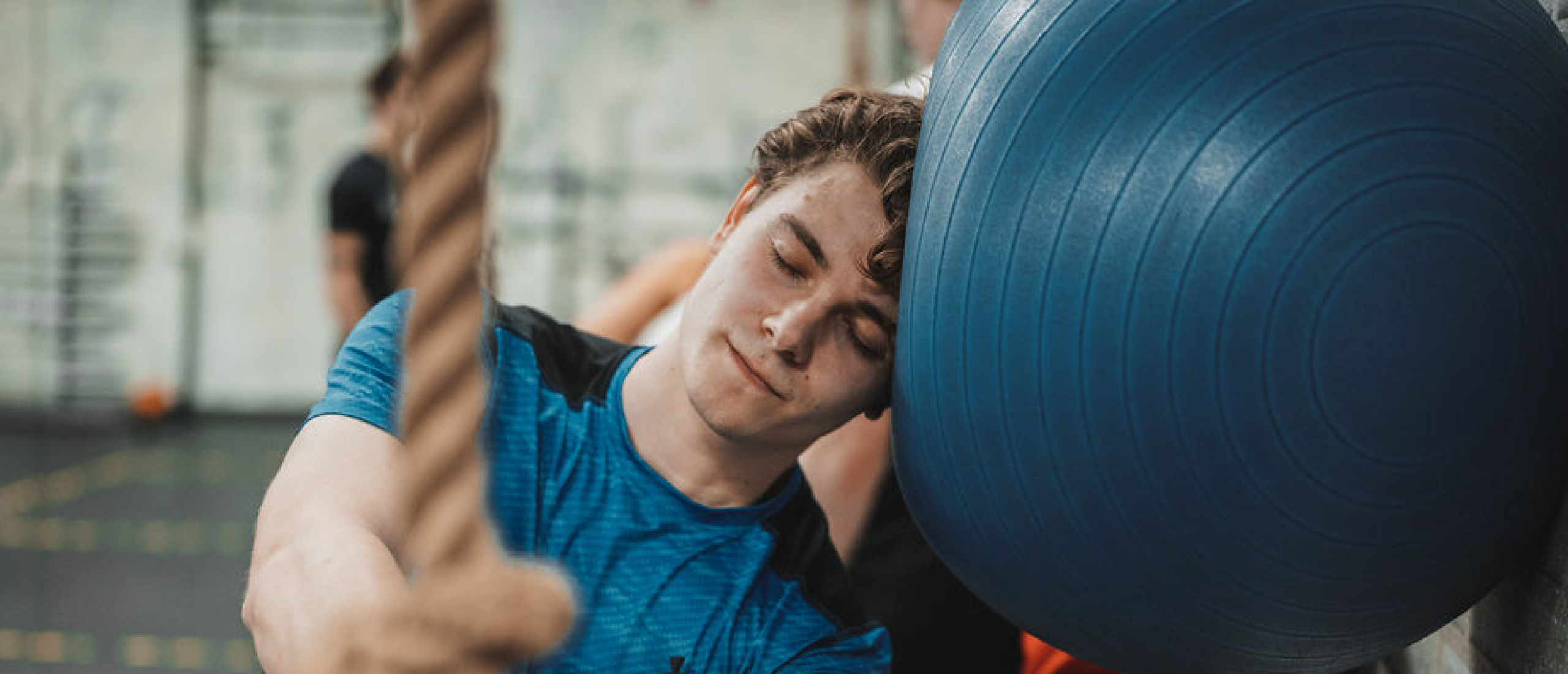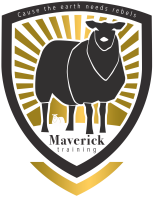
Neck Training Risks and what to look for when training the neck
Neck training is an essential part of any athlete's fitness program, particularly for motorsport drivers. However, there are some risks associated with neck training, and it is important to understand these risks and how to mitigate them to ensure a safe and effective training program.
One of the primary risks associated with neck training is the potential for injury. The neck is a complex structure that contains many small muscles and delicate structures, including the cervical spine, spinal cord, and nerves. Improper training techniques or overexertion can lead to strains, sprains, or other types of neck injuries.
To avoid these risks, it is important to use proper training techniques and progress gradually over time. When training the neck, it is essential to start with lighter weights or resistance and gradually increase the load as the muscles become stronger. It is also important to use proper form and technique during exercises, such as keeping the neck in a neutral position and avoiding sudden movements.
When training the neck, it is also important to consider the type of equipment being used. Some neck training, like Neck bridges, may put excessive strain on the neck and spine. It is important to choose exercises that are safe, comfortable, and appropriate for your fitness level and goals.
In conclusion, neck training is a valuable and essential part of any athlete's fitness program, but it is important to understand the risks and take steps to mitigate them. To minimize the risk of injury or aggravation of pre-existing conditions, it is important to use proper training techniques, progress gradually, and listen to your body. By taking these steps, you can build a strong and resilient neck while minimizing the risk of injury.
Want to know more about neck training and how to safely load the neck? Head to our shop to get our 14 week Neck training Program.
